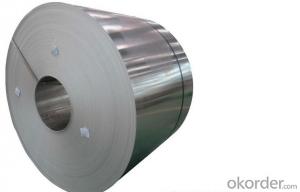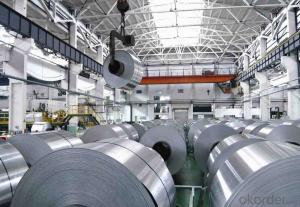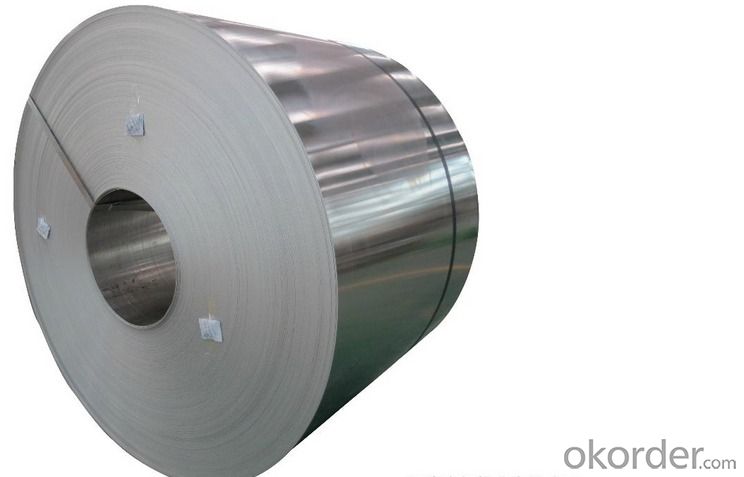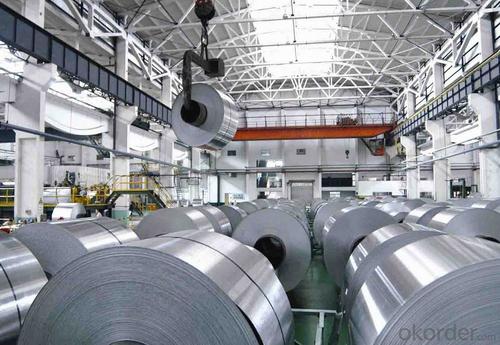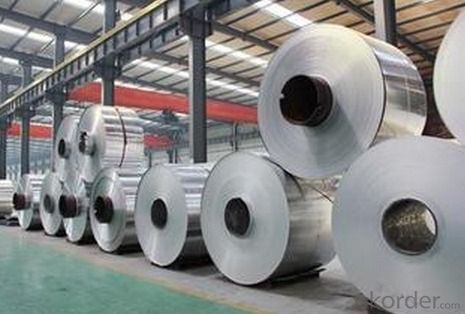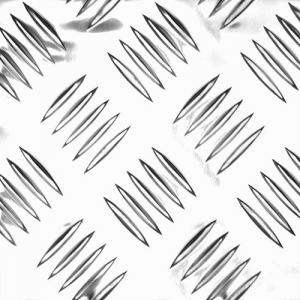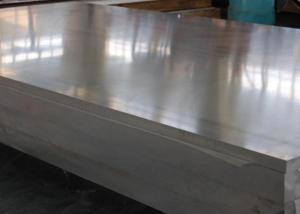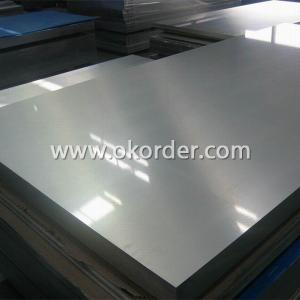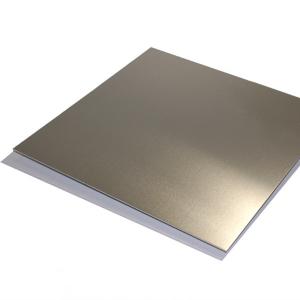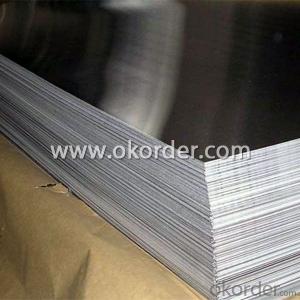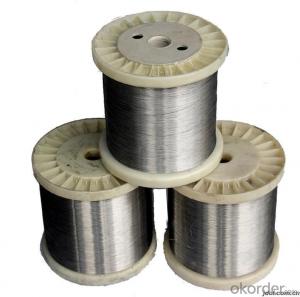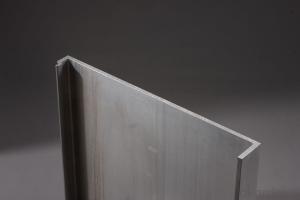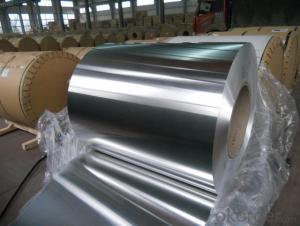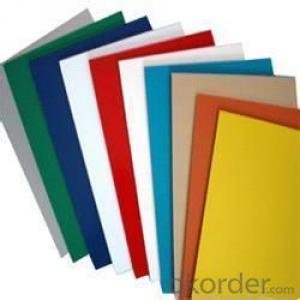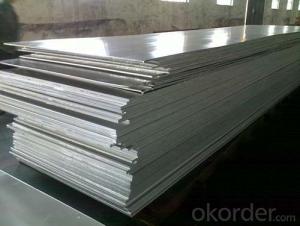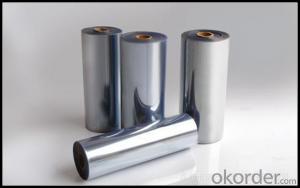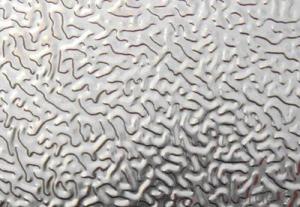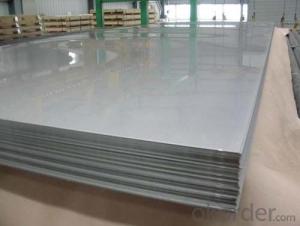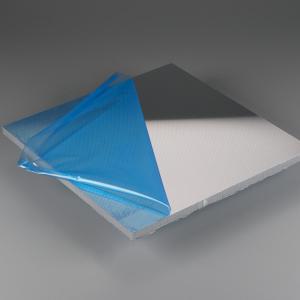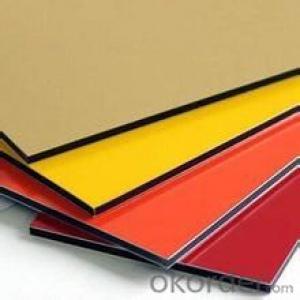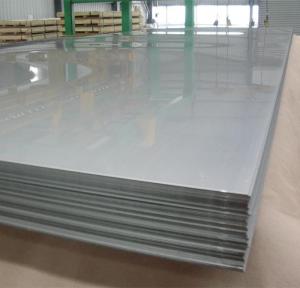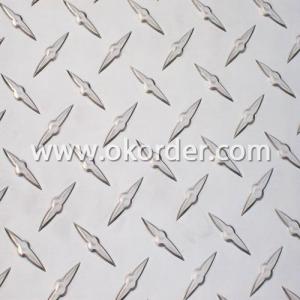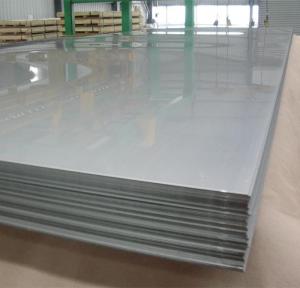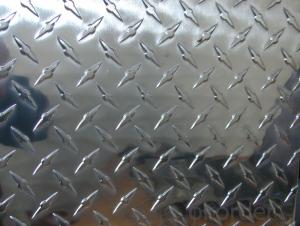Architectural Aluminum Sheets - Anodized Aluminum Sheet for Different Applications
- Loading Port:
- Shanghai
- Payment Terms:
- TT OR LC
- Min Order Qty:
- 1 m.t.
- Supply Capability:
- 2000 m.t./month
OKorder Service Pledge
OKorder Financial Service
You Might Also Like
Specification
Structure of Prepainted Aluminium Coil PPGL Description:
Width and length:to cut as your requirement thickness:0.15-0.3m Tensile Strength:130~150MPa .YieldStrength:130-145.Elongation:≥2%,Earing Rate:≤2%.There are no stop marks or pinch marks on the surface of aluminum sheets.
Main Features of Aluminium Coil PPGL:
SPANISH paper Marca has released a top 10 players of 2015 list on Friday with Leo Messi being placed first and Cristiano Ronaldo 8th. Rather than picking the players themselves, Marca left the ordering up to reader's votes.
Images of Aluminium Coil PPGL:
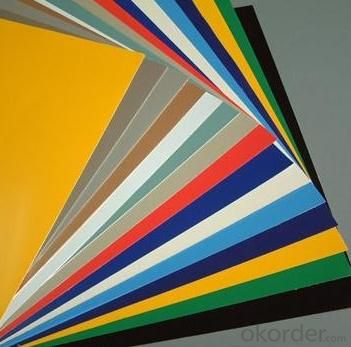
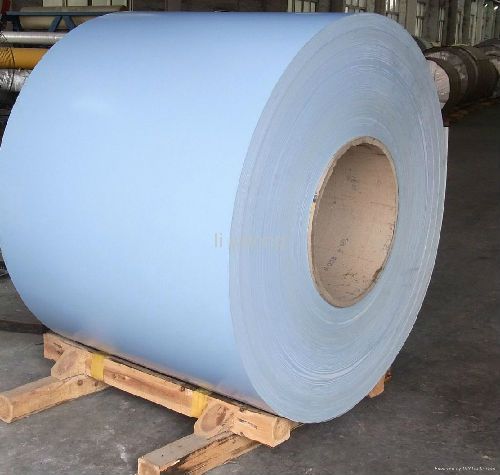
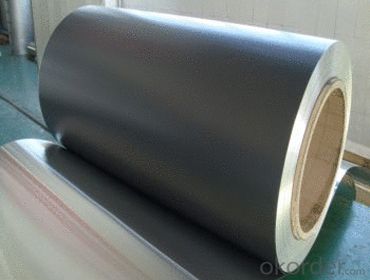
Aluminium Coil PPGL Specification:
Product Name | Aluminum Coil |
Alloy | A1100,A3003,A1050,A8011,A3105,A5005 etc |
Thickness | 0.022mm to 3.0 mm |
Width | Standard width:1240mm; 1200mm |
All width: 30mm - 1600mm | |
Diameter | out dia:1200mm |
Interior dia: 405mm,505mm | |
Weight | 2.5 T/coil,3.0 T/coil |
Coating | PE,PVDF,ACRYLIC |
Surface | Embossed, mill finish, coated; aluminum gutter coil |
Color | AS to all RAL color |
Gloss | 10-90%(EN ISO-2813:1994) |
Coating Thickness | PE: more than 18 micron |
PVDF: more than 25 micron | |
Coating Hardness (pencil resistance) | More than 2h |
Coating adhesion | 5J(EN ISO-2409:1994) |
Impact Resistance | No peeling or cracking(50 kg/cm,ASTMD-2794:1993) |
Flexibility (T-bend) | 2T |
MEK resistance | More than 100 |
FAQ of Aluminium Coil PPGL:
That accolade was locked up by five trophies - the Copa del Rey, European SuperCup, La Liga, the Champions League and the FIFA Club World Cup.
- Q: Is the process of installing aluminum sheets considered simple or straightforward?
- <p>Aluminum sheets are generally considered easy to install, especially with the right tools and some basic knowledge of construction or home improvement. They are lightweight, which makes handling and positioning them simpler compared to heavier materials. Installation typically involves measuring, cutting the sheets to size, and attaching them to a frame or substrate using screws or adhesives. Proper alignment and securing are crucial for a professional-looking finish. For complex installations or high structures, professional assistance may be necessary to ensure safety and adherence to building codes.</p>
- Q: Would you please tell me what putty to use on the aluminium board, what kind of putty, and the painting process?
- You can also consider adding primer or putty, and then spray paint.In summary, adhesion of the topcoat is reinforced with an agent.
- Q: Can the aluminum sheets be used for manufacturing automotive wheels?
- Yes, aluminum sheets can be used for manufacturing automotive wheels. Aluminum is a lightweight and durable material that is commonly used in the automotive industry due to its high strength-to-weight ratio. Aluminum sheets can be formed and machined into the desired shape and specifications required for automotive wheels. Additionally, aluminum has excellent corrosion resistance properties, which is beneficial for automotive wheels that are exposed to various weather conditions and road debris. Overall, aluminum sheets are a suitable material for manufacturing automotive wheels, providing a balance of strength, weight, and corrosion resistance.
- Q: Are the aluminum sheets suitable for automotive applications?
- Indeed, automotive applications can make use of aluminum sheets. Being a lightweight material with a high strength-to-weight ratio, aluminum proves to be an excellent choice for the automotive industry. Its attributes lend themselves well to this industry, offering numerous benefits such as enhanced fuel efficiency, improved handling, and increased performance. Furthermore, aluminum's resistance to corrosion is advantageous for automotive applications, as it contributes to the longevity of vehicles. Furthermore, aluminum sheets possess the ability to be easily shaped and molded into various forms, which grants automotive manufacturing greater design flexibility. In conclusion, the utilization of aluminum sheets in automotive applications has gained popularity due to their myriad advantages and their positive impact on vehicle performance and sustainability.
- Q: How does the thermal conductivity of aluminum compare to other metals?
- The thermal conductivity of aluminum is relatively high compared to many other metals. It is often considered one of the best conductors of heat among common metals. Aluminum has a thermal conductivity of about 205 watts per meter kelvin (W/m·K), which is higher than copper (about 401 W/m·K) and even silver (about 429 W/m·K). This means that aluminum can transfer heat more efficiently than most other metals, making it a popular choice for heat sinks, radiators, and other applications that require effective heat dissipation. However, it is worth noting that some metals, such as diamond and graphene, have even higher thermal conductivity than aluminum.
- Q: 6061-T6 can aluminum sheets be bent?
- It can be bent, but the hardness of T6 series is higher, and the edges of the sheets are easy to wrinkle or split
- Q: What are the different methods of surface protection for aluminum sheet?
- There are several different methods of surface protection for aluminum sheet that can be employed to enhance its durability and resistance to various external factors. One common method is anodizing, which involves creating a thick oxide layer on the surface of the aluminum through an electrochemical process. Anodizing provides corrosion resistance, improves wear resistance, and allows for color customization through the use of dyes. Another method is powder coating, where a dry powder is applied to the aluminum surface and then heated to create a durable and protective layer. Powder coating offers excellent resistance to chemicals, UV rays, and scratches, and it also provides a wide range of color options. Laminating is another technique used to protect aluminum sheets. In this method, a thin layer of protective film is applied to the surface, acting as a barrier against scratches, dirt, and moisture. Laminating is commonly used for aluminum sheets that require temporary protection during transportation or storage. Chemical conversion coating is yet another method employed to protect aluminum surfaces. This involves treating the aluminum with a chemical solution that creates a thin layer of protective coating. The coating not only enhances corrosion resistance but also improves paint adhesion. Furthermore, clear coating can be applied to aluminum sheets to provide a protective layer without altering the appearance of the metal. Clear coatings can be either solvent-based or water-based and offer resistance against corrosion, scratches, and UV rays. Lastly, mechanical finishes such as brushing or polishing can be used to protect aluminum surfaces. These finishes create a smooth and aesthetically pleasing surface while also providing some level of protection against corrosion and wear. Overall, these various methods of surface protection for aluminum sheet offer different levels of durability, corrosion resistance, and aesthetic options, depending on the specific requirements and applications.
- Q: Aluminum wiring can be a fire hazard because it can oxidize, or combine with oxygen..
- Well, aluminum oxide is Al2O3, right? So for every 2 aluminum atoms there are 3 oxygen atoms, So, if you have three moles of aluminum, you'll need 4 and a half moles of oxygen to react completely with the aluminum. One mole of oxygen atoms weighs 16 grams, so 4.5 moles weighs 72 grams, right? Now it could be that your teacher told you three point zero zero moles of aluminum to get you to use two significant figures, so if you've studied significant figures you may want to look up a more accurate number for the atomic weight of aluminum, and carry the calculation through to three significant figures. Otherwise, 72 is a fine answer.
- Q: Can aluminum sheets be used for solar panel applications?
- Yes, aluminum sheets can be used for solar panel applications. Aluminum is a popular choice for solar panel frames and mounting systems due to its lightweight, strength, and corrosion resistance properties. It is also easily recyclable, making it an environmentally friendly option. Aluminum sheets provide structural support and stability to solar panels, ensuring they can withstand various weather conditions and last for a long time. Additionally, aluminum's high thermal conductivity helps dissipate heat generated by the solar panels, improving their overall performance and efficiency.
- Q: Whether its strong or not, im looking to get grime like stains out of my aluminum rims. It looks like they can be worked out after time, but i dont think i want to risk acidic products because im not 100% sure if theres a clear coat (i have eagle 077s if that helps!). I have read weird ideas from buffing with baby oil to brake cleaner since its super strong but dont wanna tear up my nice new wheels! Any input is greatly appreciated
- Brake cleaner will stain. You need to go to a local auto parts store, like Pep Boys, or Autozone and get a container of Mother's aluminum wheel cleaner and polish. Then go into the aisle with the rags and get a bundle of terry towels and a bundle of baby diaper towels. You will need to use the cleaner/polish on the terry towels first and work in a circular motion, and don't be afraid to apply pressure. You will start to see the cleaner working when it starts turning black, DONT QUIT YET, continue working in a circular motion, and keep at it. After you are happy with the look of the aluminum use the baby diaper towels and wipe them clean in a circular motion also. You may have to repeat to get the desired effect, but in no time your wheels will look like new (or even better)! I have personally hand polished out many small parts, and even the radiator in my 63 impala (which was raw aluminum) with this stuff and it really works.
Send your message to us
Architectural Aluminum Sheets - Anodized Aluminum Sheet for Different Applications
- Loading Port:
- Shanghai
- Payment Terms:
- TT OR LC
- Min Order Qty:
- 1 m.t.
- Supply Capability:
- 2000 m.t./month
OKorder Service Pledge
OKorder Financial Service
Similar products
Hot products
Hot Searches
Related keywords
